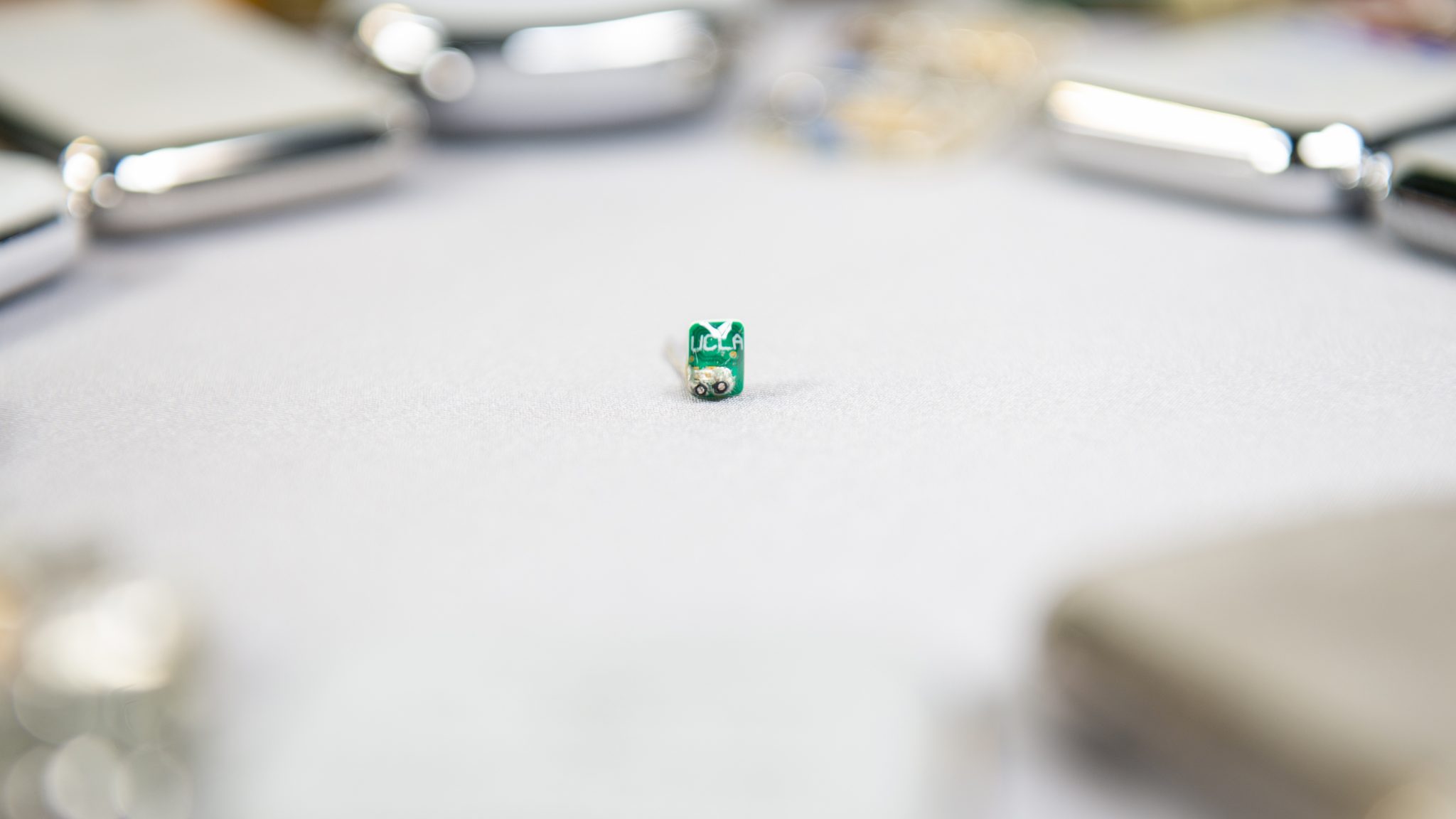
Current Projects
Interests
Education
-
Medical School:
New York University School of Medicine
-
Residency:
New York University School of Medicine
-
Fellowships:
Texas Heart Institute/Baylor St. Luke’s Medical Center (Cardiology)
Texas Heart Institute (Clinical Cardiac Electrophysiology)
Academic & Clinical Affiliations
- Baylor St. Luke’s Medical Center
- Baylor College of Cardiology
Honors, Awards and Memberships
Publications
Recent News

Doctors and engineers tackle two major challenges in heart care
In these challenging times, innovative ideas are needed more than ever. An article about Dr. Mehdi Razavi and the Electrophysiology Clinical...

Doctors successfully synchronize both sides of the heart with promising new wirelessly powered, leadless pacemaker
HOUSTON, TX – (February 13, 2020) – Researchers at Texas Heart Institute (THI) and UCLA crossed a significant milestone in the development...

Sharing Science Globally to Advance Medicine
Texas Heart Institute has been at the forefront of cardiovascular discovery and innovation since its formation. It continues to relentlessly...


